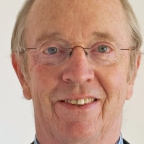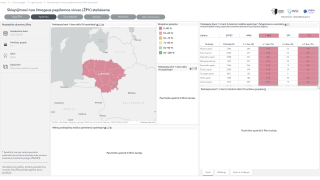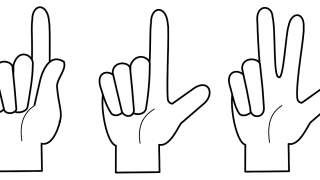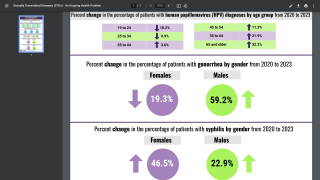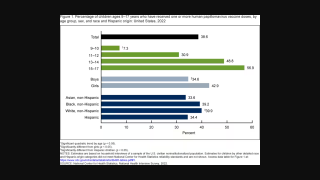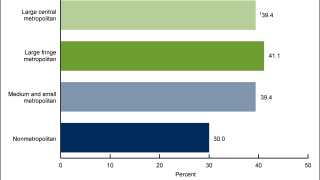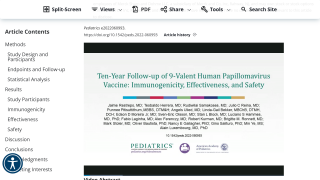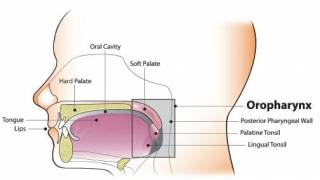Global HPV Vaccinations Lead Sales and Decreasing Cervical Cancer Cases

Over the past decades, human papillomavirus (HPV) vaccines have been approved in numerous countries, producing two very positive trends.
According to Merck's financial results for 2024, its market-leading HPV vaccines, GARDASIL and GARDASIL 9, produced $8.6 billion in sales, with higher demand in most international regions, particularly Japan.
Robert M. Davis, Merck's chairman and chief executive officer, commented in a press release on February 4, 2025, "We're continuing to progress our pipeline, advance key clinical programs, and augment our pipeline through promising business development. Our business remains well-positioned thanks to the dedication of our talented global team, and I am more confident than ever in our long-term growth potential."
While HPV vaccines have proven to reduce several related cancers, the downward trend in cervical cancer may be its most significant achievement.
A recent Medical University of South Carolina Research Letter published by JAMA showed a dramatic decline in cervical cancer rates among young women. The data indicated a 12% per year decline (overall, 65% reduction) in cervical cancer incidence from 2012 to 2019.
These data did not surprise University of Colorado Cancer Center member Jill Alldredge, M.D., assistant professor of gynecologic oncology in the CU School of Medicine.
In a media release on January 17, 2025, Dr. Alldredge stated she agrees with the study's authors that the primary reason for the drop is the broader adoption of the HPV vaccine over the past 20 years.
"This is something we anticipated would happen as HPV vaccination rollout increased nationally," says Alldredge. "It's fantastic to see that that's starting to materialize as planned."
Initially recommended for women between the ages of 9 and 26, HPV vaccinations have expanded, and the vaccine is now targeted at both women/men from ages 9 to 45.
"A lot of people who didn't have access to it as kids can now get it as adults, and it's available to men and women," Alldredge says. "That increasing breadth of accessibility to the vaccine is now resulting in fewer cervical cancers, which was exactly the hope."
However, there are more significant vaccination opportunities in 2025.
The Colorado rural population lags in HPV vaccination rates.
Only 10%–30% of the population completes the entire vaccine cycle, compared to around 60% in the rest of Colorado.
With these clinical results and under-vaccinated populations, we can expect Merck to continue reporting significant HPV vaccine sales.
As of February 2025, HPV vaccines are generally offered at health clinics and pharmacies in the United States.
Our Trust Standards: Medical Advisory Committee
